While students become increasingly affected by pandemic fatigue, COVID cases climb
Why complacency during the pandemic does more harm than good
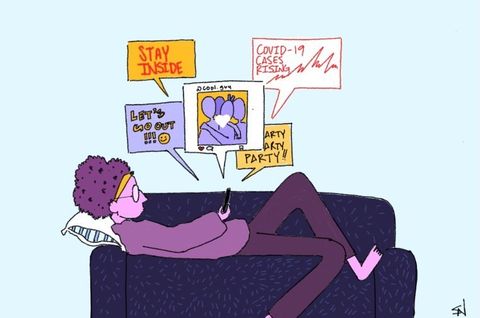
Photo by Sophia Novelo
People are stuck at home and feel complacent, however now is not the time for complacency. COVID-19 requirements should be met and the safety practices should be continued to be enforced.
On March 13th, 2020, Mission Hills High School, as well as all other schools in the San Marcos area, were closed indefinitely due to the COVID-19 pandemic. Almost a year later, many schools in San Marcos have yet to allow students back on campus. The past school year, students have attended school remotely, watching as the pandemic worsened, but, in recent months, a vaccine for the virus has been distributed across the nation. While this is great news and a relief to many, it is not a conclusive end to the pandemic, and it will still take time for us to return to a semblance of normal. Many people, exhausted from the turmoil of the virus, have become increasingly lackadaisical with following CDC guidelines. This could set the country back to the record highs in cases seen in the fall and winter of 2020.
“People are going to be interacting again and that is going to make a field day for the virus. Nothing has really happened that would prevent it, other than the production of a vaccine we aren’t even sure works yet. It was already bad enough that most people couldn’t follow the mask mandates and stay-at-home orders we had during the height of the pandemic. If people start acting as if things are back to normal already, it’s gonna be a nightmare, because the increased interaction is obviously going to enable far more spread than before,” senior Allain Armean said.
Many have observed others, or even themselves, starting to treat the pandemic less seriously than in the beginning. Whether it’s the loose usage of masks or being nonchalant about social distancing practices, it can all trickle down to what is known as “Pandemic Fatigue,” this is commonly seen as a reaction to the anxieties and stress brought by COVID-19.
“I think it’s a serious issue and personally I think it’s kind of unavoidable. If people are socially isolated for essentially an entire year, whether or not the COVID statistics are getting better or worse, people are still gonna start venturing out of lockdown guidelines because being alone for that long of a period of time is unsustainable. So I think it’s less of an ‘everyone should be listening to guidelines and staying inside’ issue and more of a question of how we could’ve handled the crisis better from the beginning to avoid being isolated for such a long time,” junior Camille Wetherell said.
While this response to the pandemic is natural, those beginning to experience adverse mental health affects should seek the coping strategies that will work best with them. Dismissing safety restrictions is not a solution. Dr. Elissa Epel, a professor in the Department of Psychiatry and Behavioral Sciences at the University of California, expresses in an article from The New York Times that ignoring said guidelines will “stretch out our period of stress and social fatigue.” She encourages those to be “physically and materially prepared,” which can be seen as a healthy way of coping.
“Even though it feels taxing to maintain all the recommended precautions, it’s rough right now for everyone. Refusing to comply or trying to work around the rules isn’t as liberating as you think, it’s just selfish. Putting others’ lives at risk by not wearing proper masks, dining out, and denying facts about the virus as protest to the restrictions hurts way more than could possibly be gained,” junior Jaden Nichole said.
As people continue to endure this unprecedented time, it is vital that everyone abides by the instituted rules set in place to keep friends, family, and communities safe. While it may be difficult at times, following the CDC safety guidelines is the only way to slow the spread of COVID-19 and shorten the time spent in isolation.
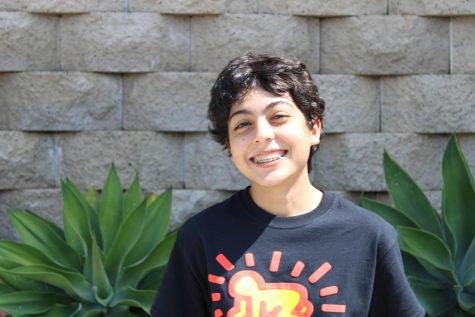
(She/Her) Sophia Novelo is a senior and this is her second year in journalism. As an Editor-in-Chief, Sophia fosters an environment in which students'...

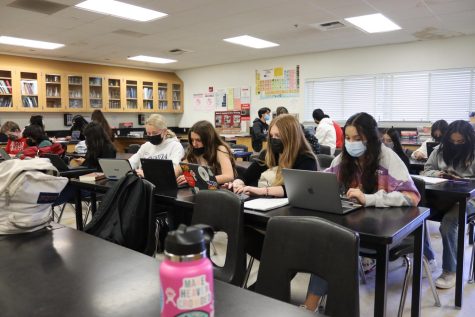
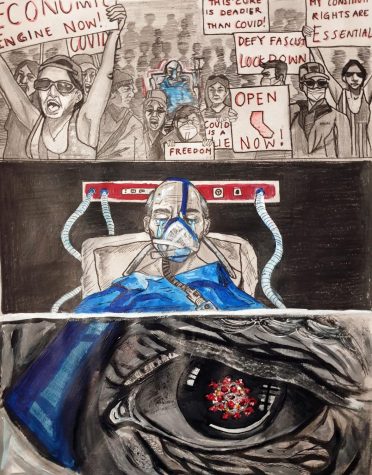

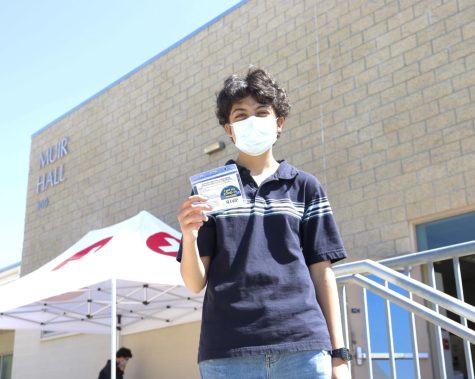
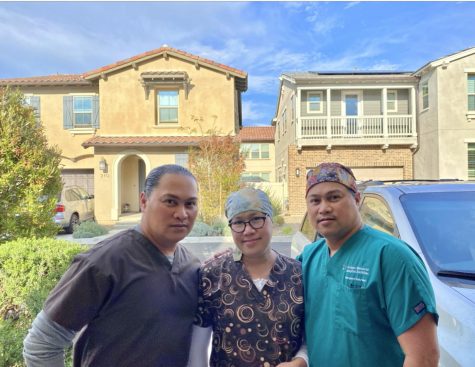
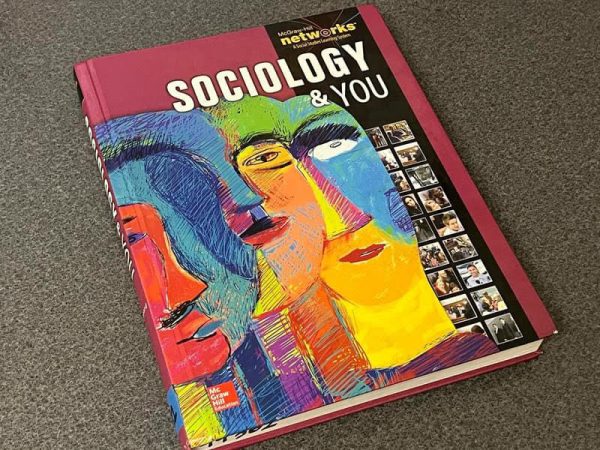
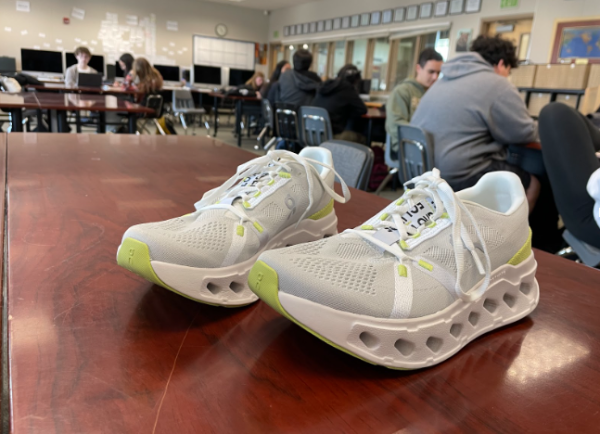


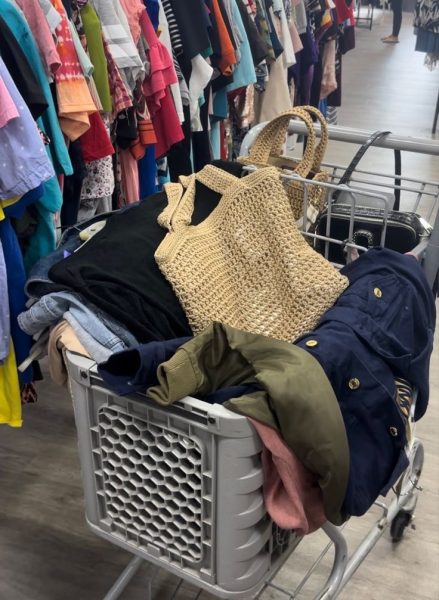
Beth McNalley • Mar 1, 2021 at 9:10 pm
Sofia, I appreciate your tackling this issue. Jaden, I appreciate your insight.